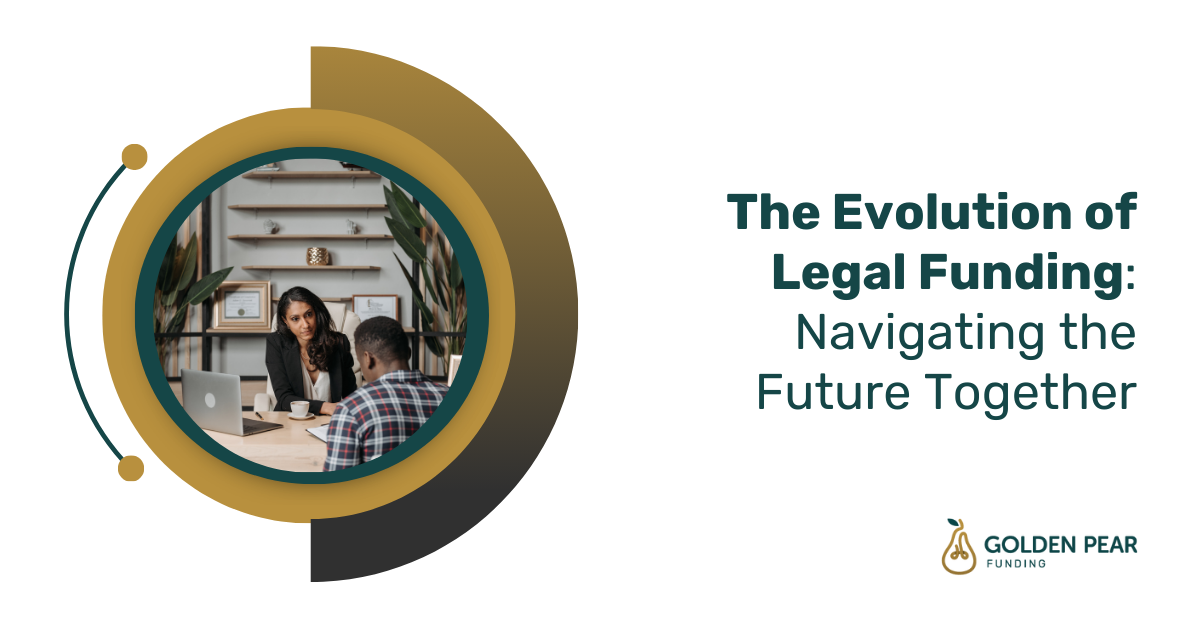The Evolution of Legal Funding: Navigating the Future Together

The landscape of legal funding has undergone significant transformations, evolving from a niche concept restricted by ancient doctrines to a vital financial tool in modern law. As we trace the roots and growth of litigation finance, we invite you to reflect on its implications and contribute to shaping its future.
Historical Context
Legal funding’s journey began under the constraints of champerty and maintenance, legal doctrines that initially aimed to prevent the wealthy from manipulating legal outcomes through financial influence. However, the late 20th century saw these restrictions relaxed in jurisdictions like Australia and the UK, setting the stage for the emergence of third-party litigation finance as we know it today. Professor Victoria Shannon Sahani of Arizona State University highlights that understanding this history is crucial for grasping the role of litigation finance in contemporary legal systems.
Early Developments
In Australia, the abolition of Maintenance and Champerty as crimes in the 1990s opened the gates for the first commercial litigation funders. Concurrently, the UK’s Woolf Reforms aimed to make justice more accessible and cost-effective, further encouraging the acceptance and growth of legal funding solutions. These reforms laid the foundational principles that would guide the expansion of legal funding into new markets.
Expansion into the United States
The U.S. saw a more cautious approach, with states individually grappling with the concept of champerty and its modern implications. The turning point came as the industry demonstrated that legal funding could extend access to justice for those lacking the means to advance their legal rights against well-funded defendants. By the early 2000s, several states formally recognized and regulated litigation funding activities.
Modern Innovations and Trends
Today, litigation finance has broadened to include individual case funding, portfolio financing, and post-settlement funding. Technological advancements have facilitated platform development, making applying for and managing funding more accessible than ever. This era of innovation is characterized by a greater emphasis on ethical considerations and transparency, ensuring that funding practices align with the broader goals of fairness and access to justice.
The Future of Legal Funding
As we look to the future, the legal funding industry is poised for further growth driven by technology and possibly new regulatory frameworks. Enhanced analytical tools are expected to improve the assessment of case merits and funding risks, expanding the reach and efficiency of litigation finance. Moreover, the ongoing debates about regulation and transparency will likely shape the trajectory of the industry, aiming to balance innovation with ethical practice.
____
The evolution of legal funding underscores the legal system’s capacity for adaptation and innovation. As legal professionals, your insights and experiences are invaluable in steering the future of this dynamic field. What developments do you foresee in the next decade? How will these impact the legal profession and access to justice?
Join the discussion below and share your thoughts on the future of legal funding. Let’s navigate these changes together and ensure that litigation finance continues to serve as a tool for enhancing justice.

.png)
.png)